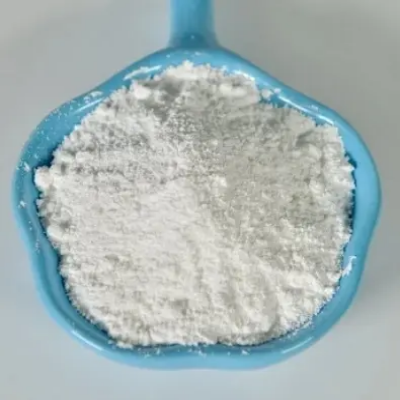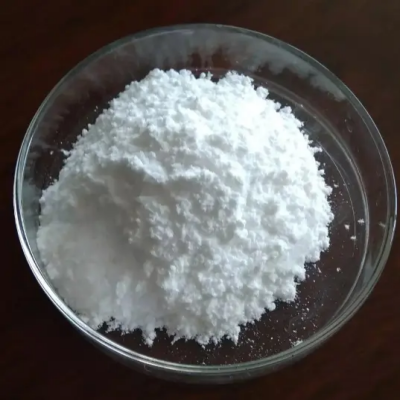Ansamycin CAS:72559-06-9
Ansamycins, such as rifamycins, are commonly used in clinical practice to treat a variety of bacterial infections, including tuberculosis, leprosy, and certain types of staphylococcal and streptococcal infections. Rifampin, a well-known rifamycin, is often used as part of combination therapy for tuberculosis and other mycobacterial infections. The mechanism of action of ansamycins involves binding to bacterial RNA polymerase, thereby inhibiting transcription and ultimately leading to bacterial cell death. This unique mode of action makes ansamycins effective against a broad range of Gram-positive and Gram-negative bacteria. Healthcare providers carefully consider factors such as the type of infection, patient's medical history, and bacterial susceptibility testing results when prescribing ansamycins. Proper dosing, duration of treatment, and monitoring for potential side effects are essential for maximizing therapeutic benefits while minimizing risks associated with antibiotic use. Adverse effects associated with ansamycins may include gastrointestinal disturbances, hepatotoxicity, and hypersensitivity reactions. Regular monitoring of liver function tests and close observation for any signs of adverse reactions help ensure the safe and effective use of ansamycins in the treatment of bacterial infections. Overall, ansamycins represent a valuable class of antibiotics with diverse applications in managing bacterial infections. Through appropriate usage and monitoring, healthcare professionals can harness the antimicrobial properties of ansamycins to combat infections effectively and improve patient outcomes.



| Composition | C46H62N4O11 |
| Assay | 99% |
| Appearance | white powder |
| CAS No. | 72559-06-9 |
| Packing | Small and bulk |
| Shelf Life | 2 years |
| Storage | Store in cool and dry area |
| Certification | ISO. |





![tert-butyl 5-amino-hexahydrocyclopenta[c]pyrrole-2(1H)-carboxylate CAS:1031335-28-0](https://cdn.globalso.com/xindaobiotech/V3@A6KDXTE0I05WML149.png)



